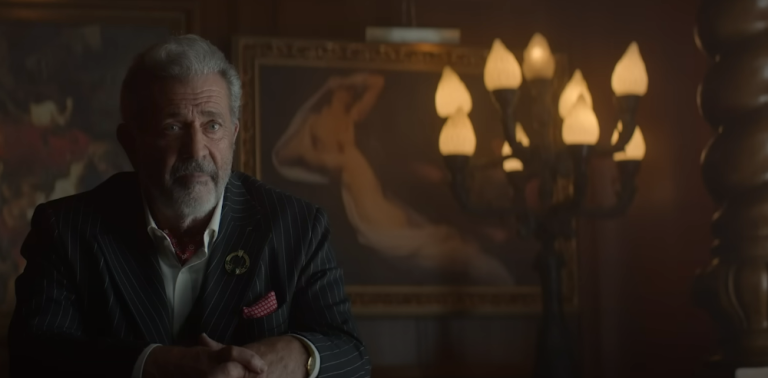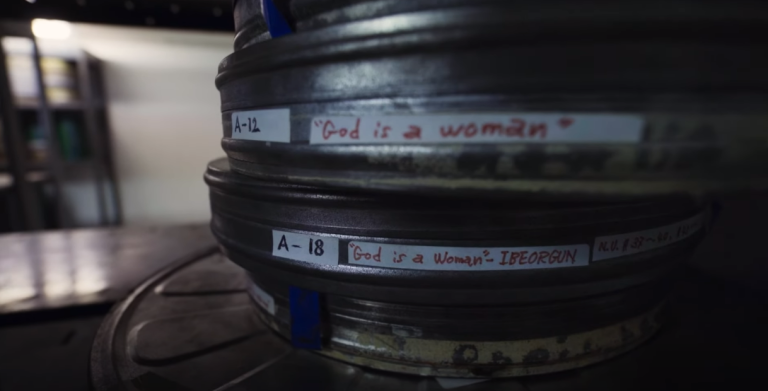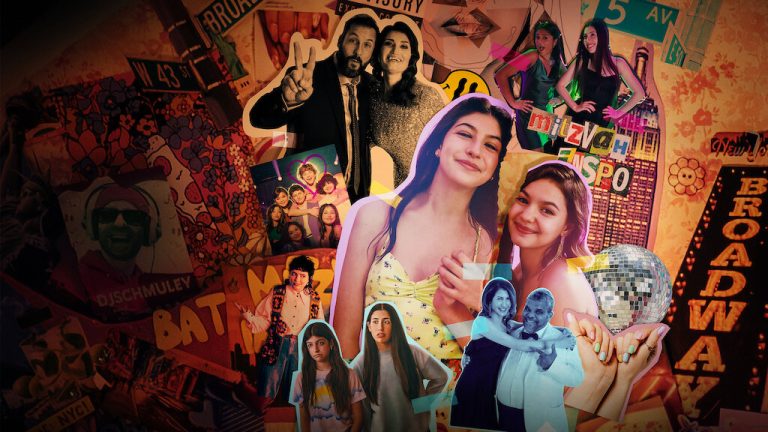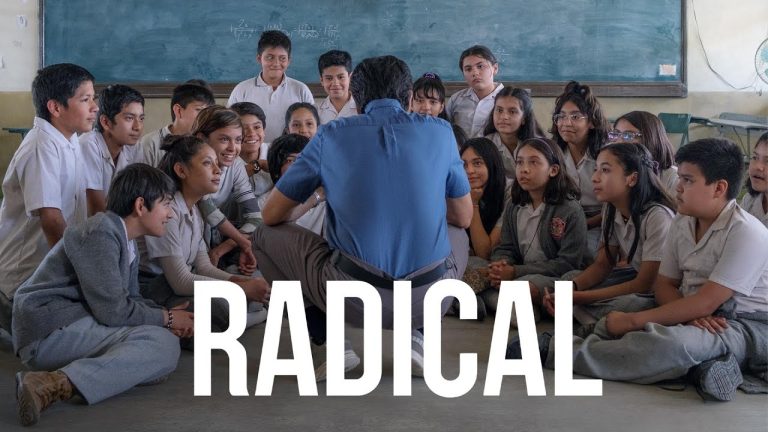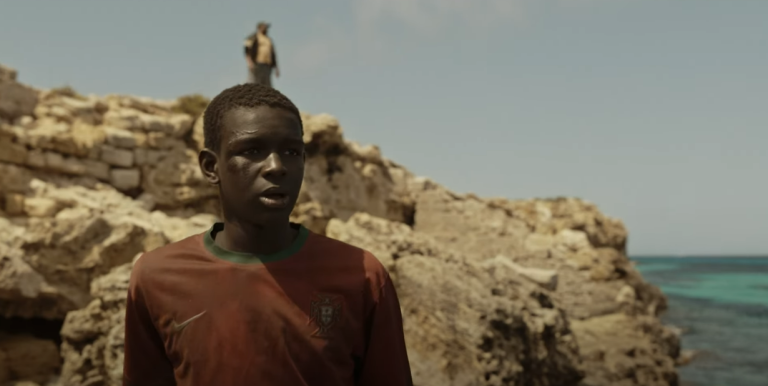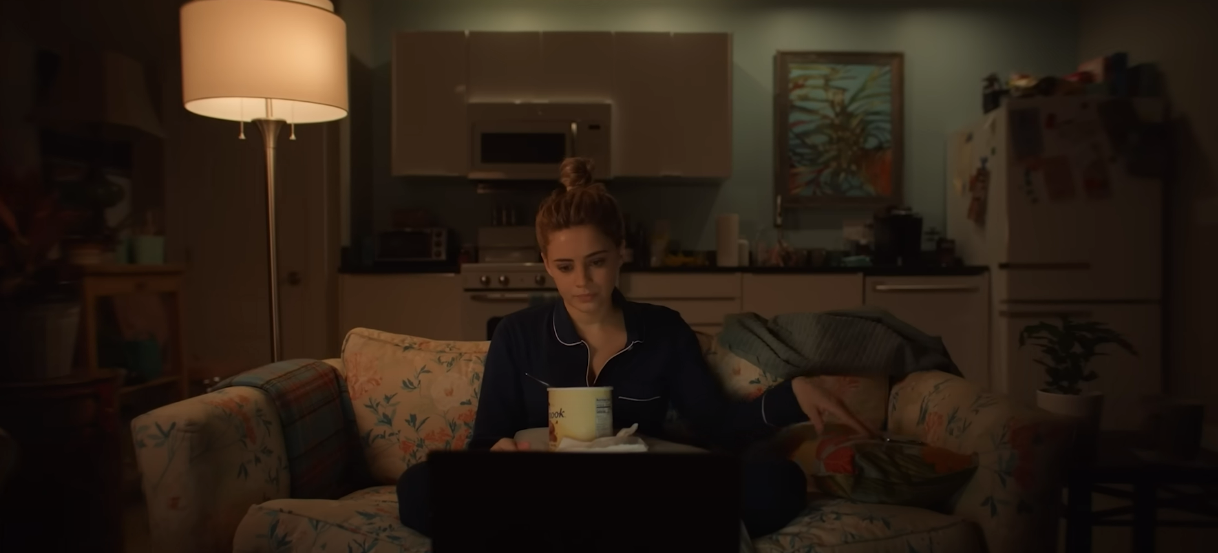
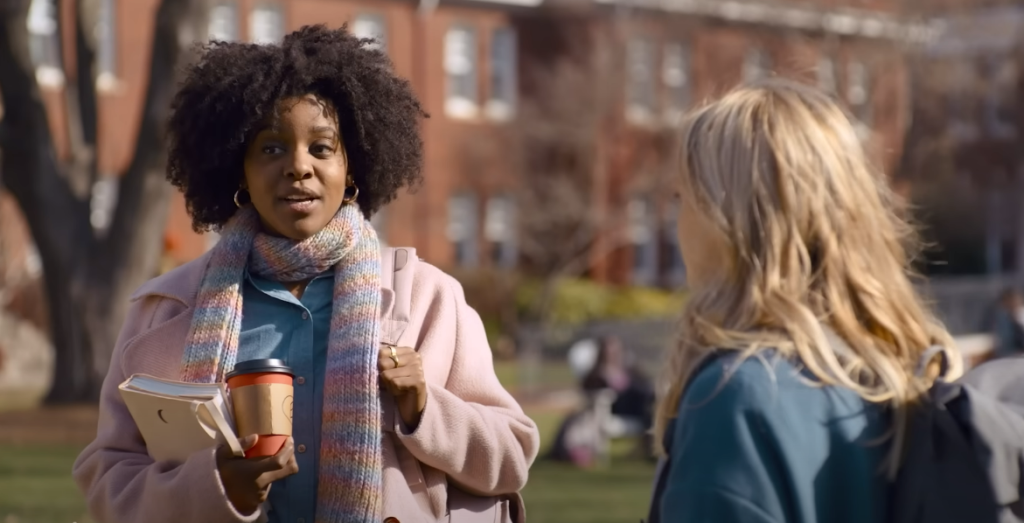
“The Other Zoey” takes a satirical stance towards the traditional romantic comedy structure, cleverly mocking its well-worn clichés while paradoxically leaning on them to drive its plot forward. At its heart, the film centers on Zoey, played by Josephine Langford, a character disillusioned by love who decides to conduct a social experiment involving herself with two contrasting men. However, in true rom-com fashion, Zoey soon finds herself ensnared in the very emotions she once scoffed at.
The storyline unfolds with Zoey navigating a peculiar scenario where she pretends to be the girlfriend of Zach (portrayed by Drew Starkey), who coincidentally shares her name, due to his unfortunate concussion-induced confusion. Advised by his doctor to avoid further bewilderment, Zoey steps into the role, only to find herself entangled in a web of deceit and budding romance, particularly when she discovers the involvement of Miles (played by Archie Renaux), a cousin of her former crush.
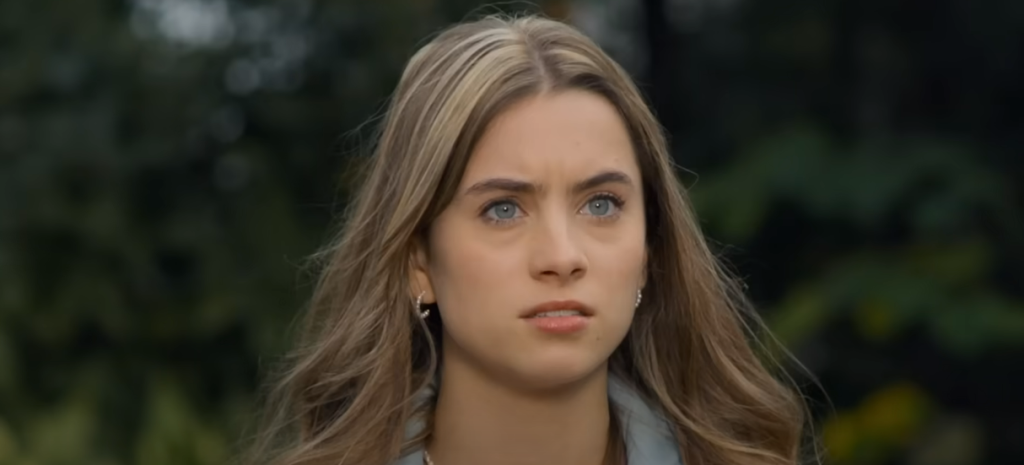
Despite its attempt at self-aware humor and a desire to subvert genre expectations, “The Other Zoey” falls short of delivering groundbreaking elements to the romantic comedy landscape. Nevertheless, it does offer viewers the delightful chemistry between Langford and Starkey as they navigate the whimsical complexities of love and deception.
Delving into familiar tropes of the rom-com genre, the screenplay draws inspiration from classic plot devices like amnesia, fake dating scenarios, and love triangles that dominated romantic comedies over the past decades. However, its attempt to infuse these tropes with a contemporary twist falls flat compared to the successes of earlier films such as “While You Were Sleeping” and “The Proposal.”

While Langford and Starkey deliver commendable performances as the mismatched couple, the film receives mixed reviews for its acting. Langford’s chemistry with Renaux adds depth to their on-screen interactions, while veteran actresses Heather Graham and Andie MacDowell contribute a sense of nostalgia as the mothers of the lead characters.
However, “The Other Zoey” struggles to rise above the recycled tropes it relies on, failing to capture the enchantment of its predecessors. Despite the efforts of the cast, the film’s dialogue feels forced at times, particularly in the interactions among college students, and the promised love triangle doesn’t materialize as expected, leaving audiences wanting more.
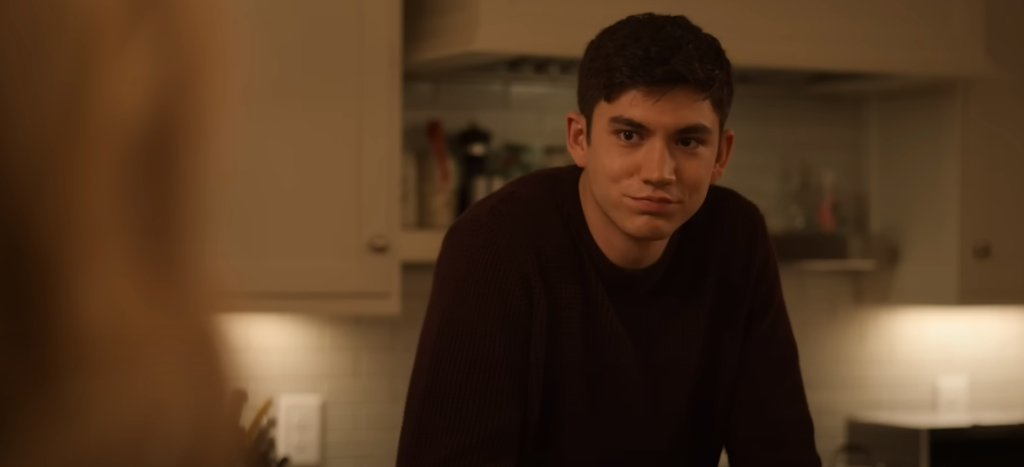
Furthermore, the film falls short in keeping the leads together, with their time on screen feeling insufficient to fully develop their relationship. Adding more diverse locations and engaging montages could have enhanced the emotional investment in the romance, aligning with the successful rom-com formula.
Additionally, the film misses an opportunity to explore different perspectives, solely focusing on Zoey’s viewpoint. Providing insight into Zach’s experiences could have enriched the narrative, while Zoey’s creation of a compatibility app feels underutilized and lacks significance in the overall story arc.
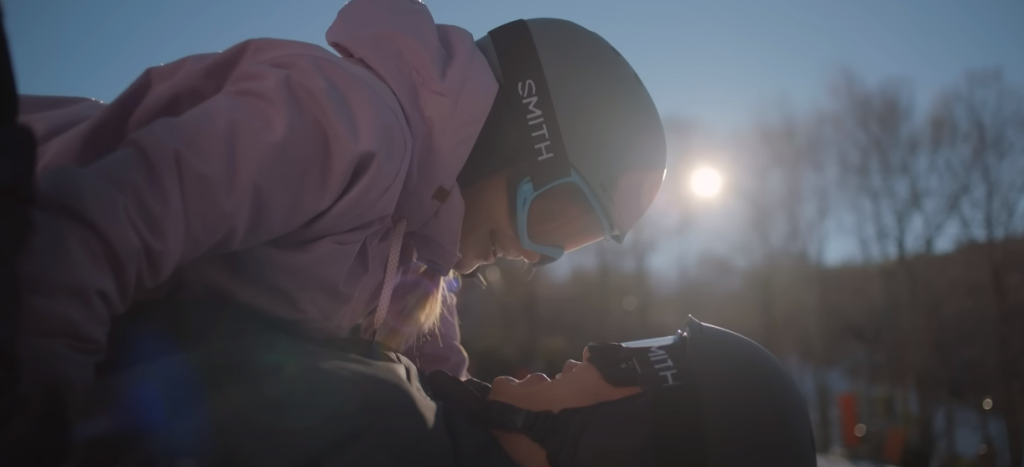
In conclusion, while “The Other Zoey” offers a straightforward romance, it lacks the extra spark needed to make it truly magical. Despite its shortcomings, fans of the lead actors may still find enjoyment in the film, but it falls short of being a breakthrough in the genre.
| Aspect | Description |
|---|---|
| Plot | “The Other Zoey” takes a satirical approach to the traditional romantic comedy formula, mocking clichés while relying on them for plot progression. The story follows Zoey, disillusioned by love, as she conducts a social experiment involving two contrasting men. |
| Characters | Zoey (Josephine Langford) and Zach (Drew Starkey) display commendable chemistry as the mismatched couple. Heather Graham and Andie MacDowell bring nostalgia as the mothers of the lead characters. Archie Renaux adds depth to the interactions as Miles, while Olive Abercrombie injects charm as Zach’s sister Avery. |
| Tropes | The screenplay draws inspiration from classic rom-com tropes such as amnesia, fake dating, and love triangles, attempting to infuse them with a modern twist. However, the execution falls short compared to earlier successful films in the genre. |
| Dialogue | The dialogue, particularly among college students, feels forced and burdensome, dragging down the pacing of the story. |
| Relationship Development | The film struggles to keep the leads together, with their time on screen feeling insufficient to fully develop their relationship. Adding more diverse locations and engaging montages could have enhanced emotional investment in the romance. |
| Perspective | The limited focus solely on Zoey’s viewpoint misses an opportunity to explore different perspectives. Insight into Zach’s experiences could have enriched the narrative. |
| App Subplot | Zoey’s creation of a compatibility app feels underutilized and lacks significance in the overall story arc. |
| Love Triangle | The promised love triangle from the trailer doesn’t fully materialize in the film, leaving viewers disappointed. |
| Overall Success | While “The Other Zoey” offers a straightforward romance, it lacks the extra spark needed to make it truly magical. Despite its shortcomings, fans of the lead actors may still find enjoyment in the film, but it falls short of being a breakthrough in the genre. |

